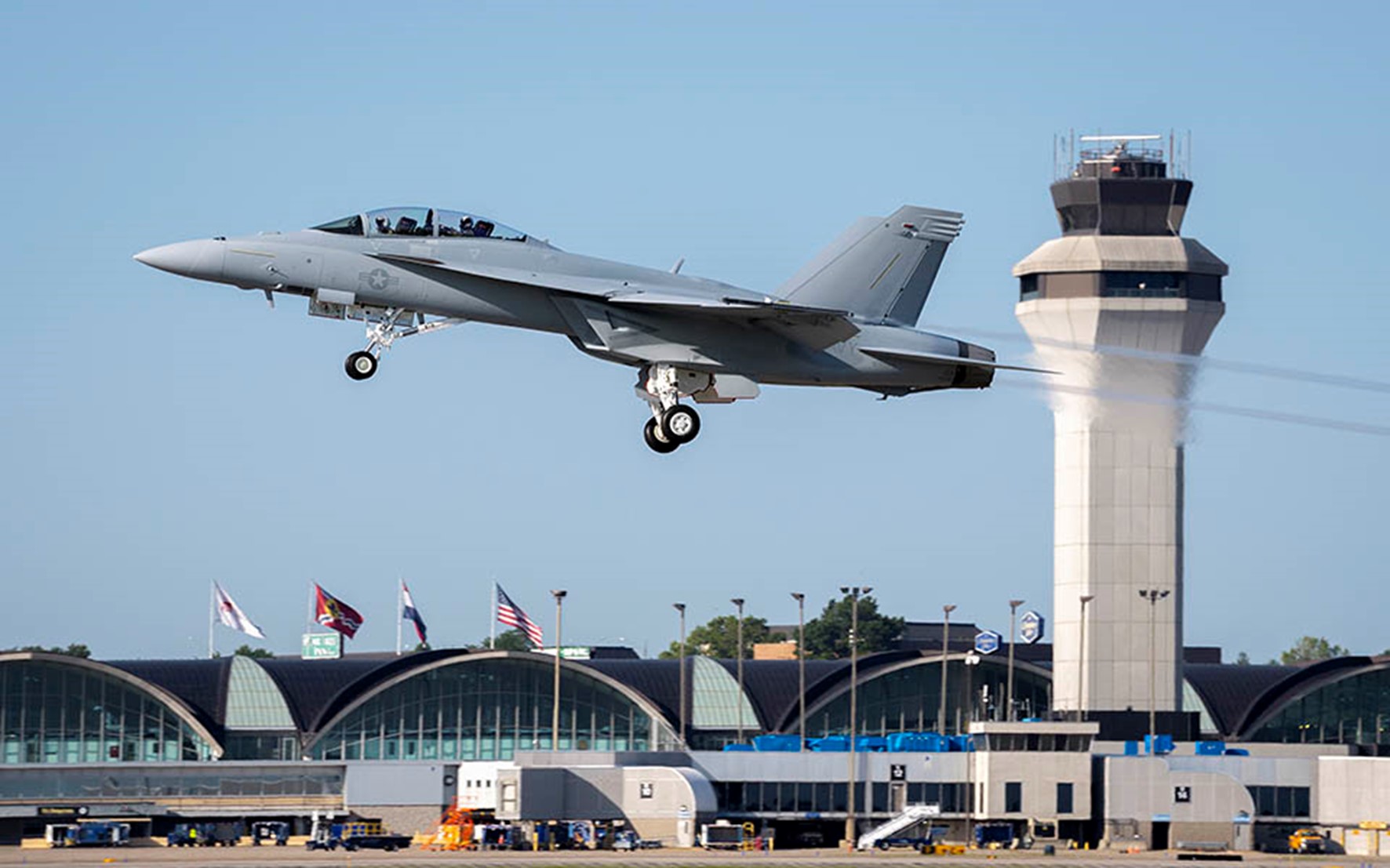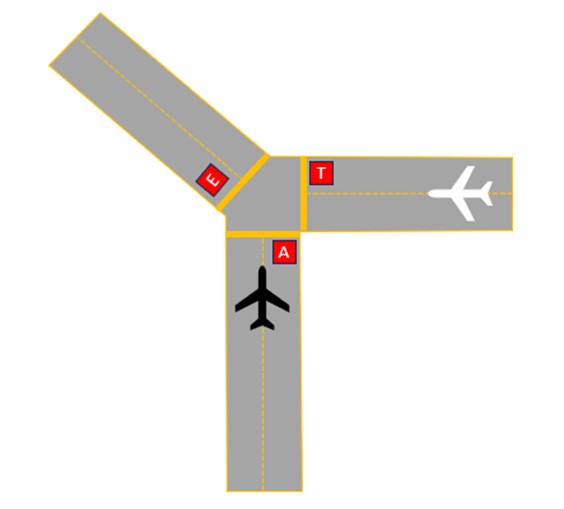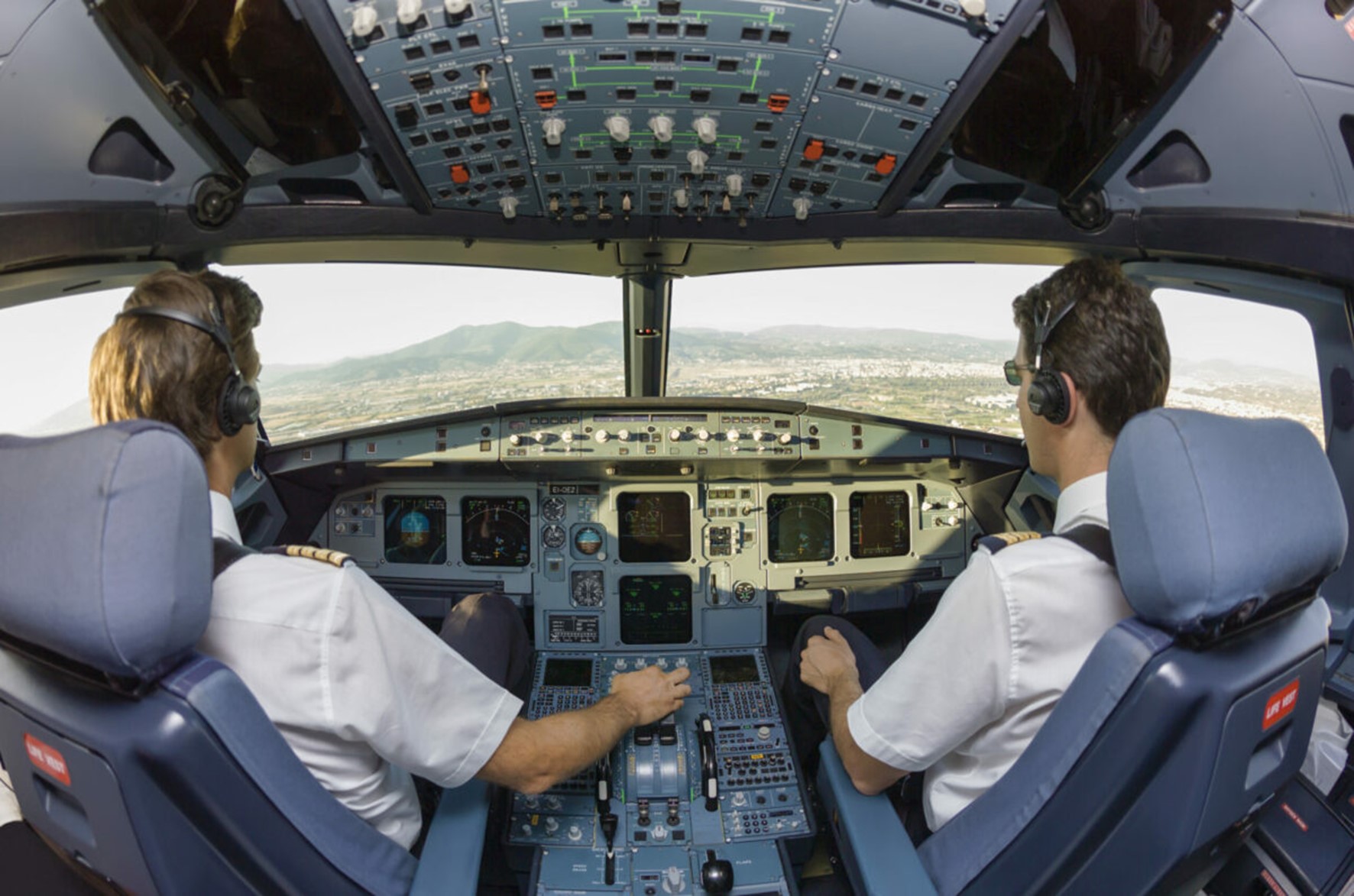
Have you ever wondered why pilots use random words when communicating on the radio? Or maybe you even got lost a few times while watching Top Gun: Maverick?
If you have watched the movie, you may remember that the formation of the mission required two F-18 Echo solo pilots and two Foxtrot dual-seat teams. The words of interest here are Echo and Foxtrot, and no, not Foxtrot the dance. These are the code words used in aviation when mentioning letters. They are the Pilot’s alphabet. Echo is E, and Foxtrot is F. The fighter aircraft model in question is called the Super Hornet, and it has two versions. The F-18 E model is the single-seat one, while the F-18 F is the two-seater. Since the differentiation between the two models comes down to the final letter of the model’s name, the special code system used in aviation is implemented.

What is the history behind the Aviation Alphabet?
Prior to diving into a detailed and fun explanation of this unique alphabet, we need to learn about its birth. Before the 1950s, there was no standardized form of communication around the globe. Each country had its own rules and phonetic alphabets for air traffic communications. The difference in the phonetic alphabet used may have caused confusion or ambiguity over the radio. The International Civil Aviation Organization (ICAO) started the process of coming up with a standard alphabet system for the whole world in 1948, where they collaborated with linguistics professor Jean-Paul Vinay. The words had to comply with the following conditions:
- Be an existing and valid word in the English, French or Spanish languages
- Have good radio transmission and be easily pronounced and recognized in all three languages
- Must not have a negative meaning
However, the first versions were deemed ineffective in communicating letters and numbers as the use of some words was proven confusing in extended communication. After many comprehension tests and the involvement of more than 70 nationalities, in 1956, ICAO approved the final version of the worldwide phonetic alphabet we use today.
How is it the ICAO phonetic alphabet formed?
These seemingly random words are very much intentional and represent the letters in the alphabet. These code words are called the ICAO Phonetic Alphabet, and each word is assigned to a letter in the English alphabet. They follow the same order, and each word starts with the letter of the alphabet it corresponds to.
Why do that and not use the widely known phonetics? It is because voices are not always clear on the radio, which makes it hard to distinguish between similar-sounding letters. For example, trying to say the letter “M” or its phonetic might sound like saying the letter “N” or its phonetic. This confusion happens regularly on the phone, where there is no static. Therefore, the possibility of said confusion happening on the radio is much higher. One cannot have said miscommunication when the stakes are so high, especially when the smallest differences or errors could be catastrophic in aviation.
So, instead of saying “taxiway B” when taxiing, pilots say “taxiway Bravo,” which is the code word assigned to the letter B. That way, no one would confuse B for C or E. Having a unique word representing each letter in the alphabet facilitates radio communications and reduces the risk of mishearing information.
Alternatively, let’s imagine that this system does not exist and that pilots and controllers use the regular alphabet when communicating. If a plane is taxiing on Taxiway A and stops at a junction where Taxiway T is to the right and Taxiway E is to the left. Seeing that Taxiway T is occupied by another aircraft moving towards the current plane, the controller informs the pilot to turn onto Taxiway E where it is free and safe. The pilot, having misheard the letter “E,” confirms with the controller that he will proceed to Taxiway T, and the controller, mishearing the letter “T” for “E,” gives the pilot the green light to enter the Taxiway. If the pilots are not prepared and on guard, a crash could happen on Taxiway T.

So, without further ado, let’s check out this special alphabet:
Alpha – Bravo – Charlie – Delta – Echo – Foxtrot – Golf – Hotel – India – Juliet – Kilo – Lima – Mike – November – Oscar – Papa – Quebec – Romeo – Sierra – Tango – Uniform – Victor – Whiskey – Xray – Yankee – Zulu
The best way to memorize this alphabet is by repetition. However, you can try to group most of the codes into the following categories:
- 6 names: Charlie, Juliet, Mike, Oscar, Romeo and Victor (and of course, you can’t have Juliet without Romeo)
- 4 activities or activity-related things: Golf, Foxtrot, Tango and Yankee
- 2 Greek letters: Alpha and Delta
- 2 geographies: India and Quebec
- 1 month: November
Then you are left with 11 remaining codes that do not fall under any category, and so are to be memorized directly. A fun activity to do is to spell words with these codes. It could be a good game to play with friends and family. For example, OLIVES is spelled Oscar – Lima – India – Victor – Echo – Sierra.
Now try to spell FERROVIAL!






1 comment
Iqra Technology
16 of August of 2024
"José Manuel Ballester’s '60 Views of Ferrovial' is a captivating fusion of art and engineering that truly highlights the profound impact of infrastructure on our daily lives. The exhibition masterfully captures the scale and significance of Ferrovial's global projects, blending aesthetic sensitivity with technical prowess. Ballester’s unique approach, reflecting on the human footprint and the intricate foundations of modern society, offers a fresh perspective on the often-overlooked world of infrastructure. This exhibition not only celebrates Ferrovial’s achievements but also underscores the vital role of art in interpreting and elevating our understanding of technological advancements. Kudos to both Ballester and the CaixaForum Madrid for presenting such an insightful and visually stunning collection." iqratechnology